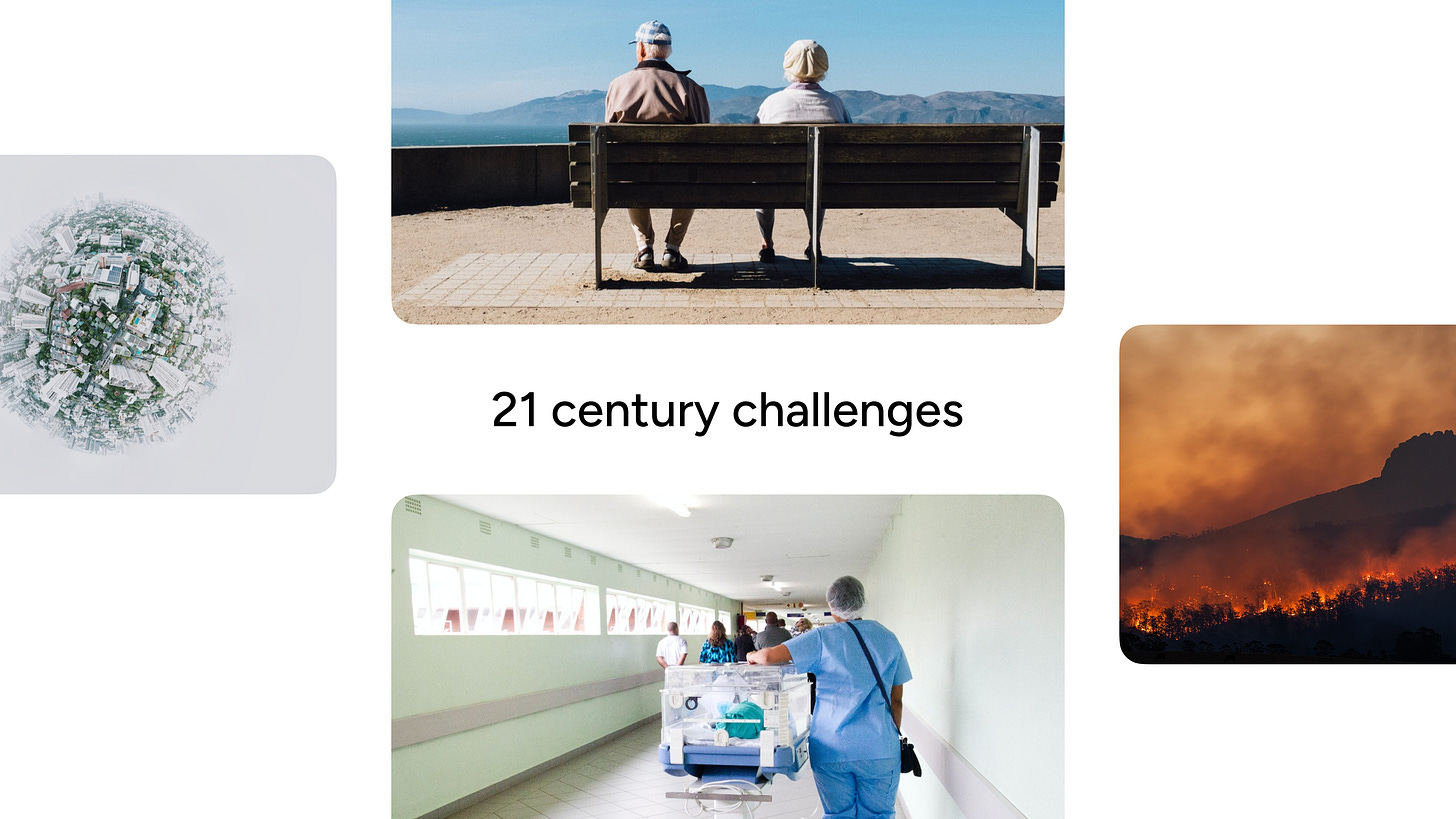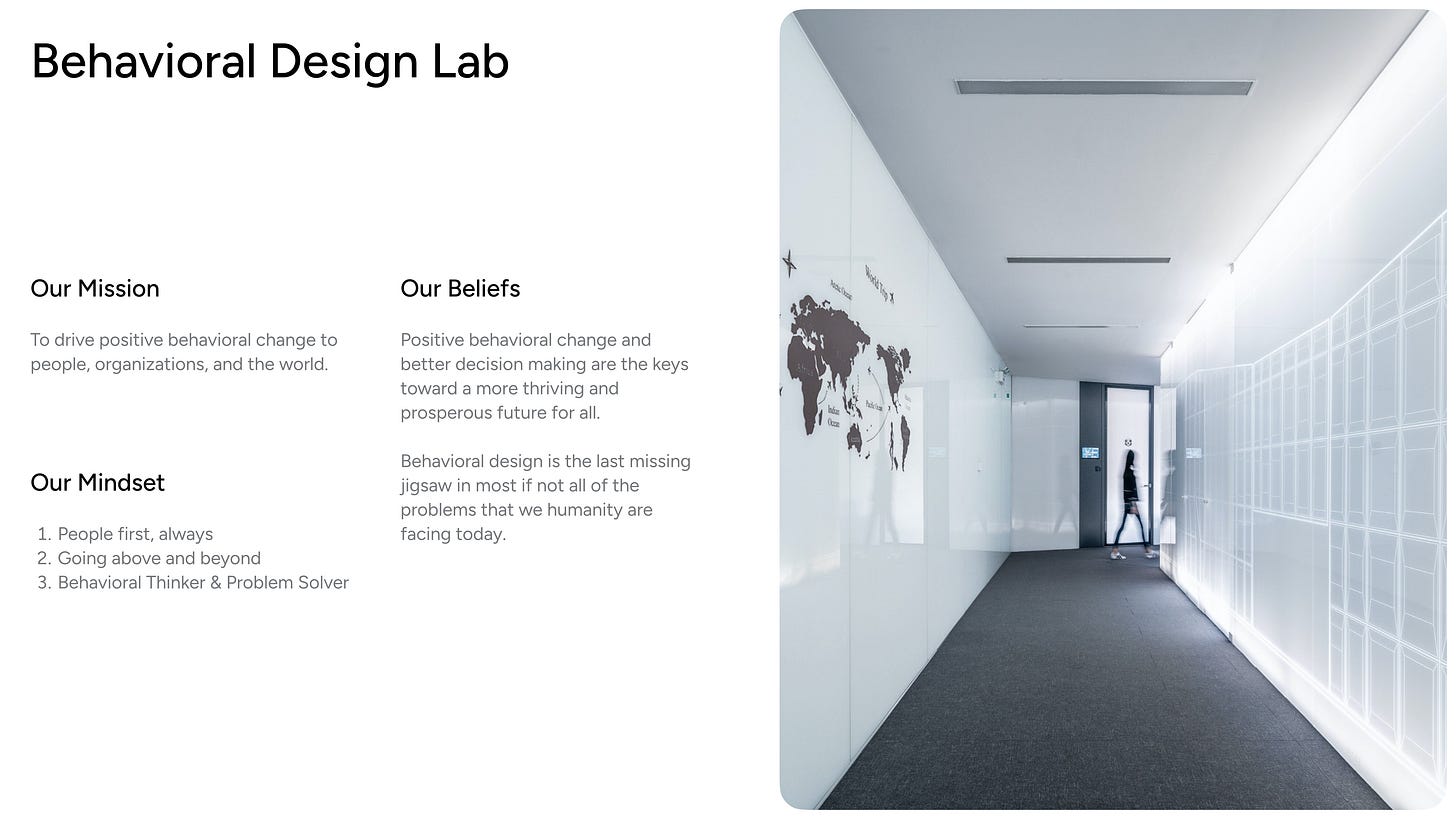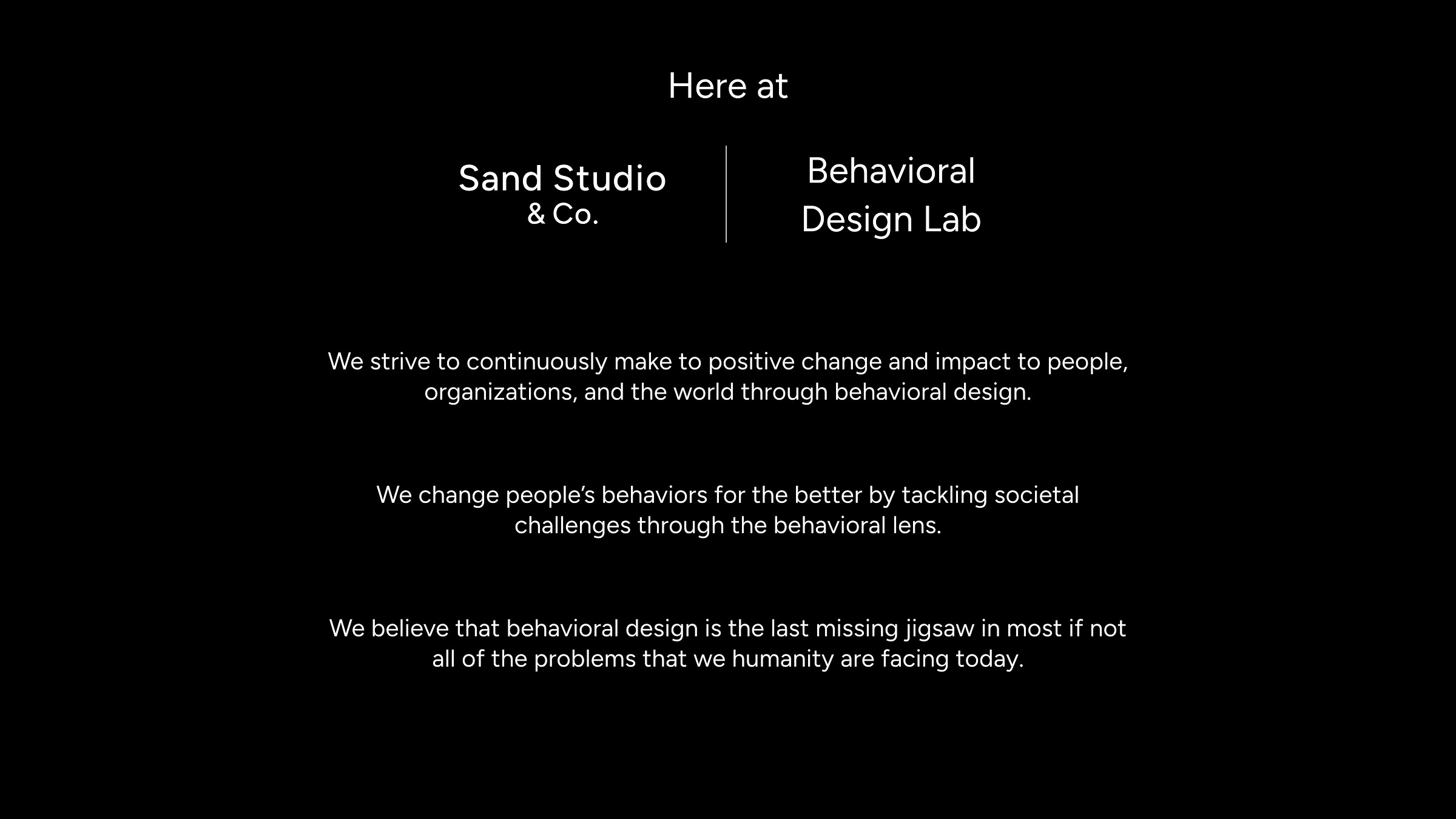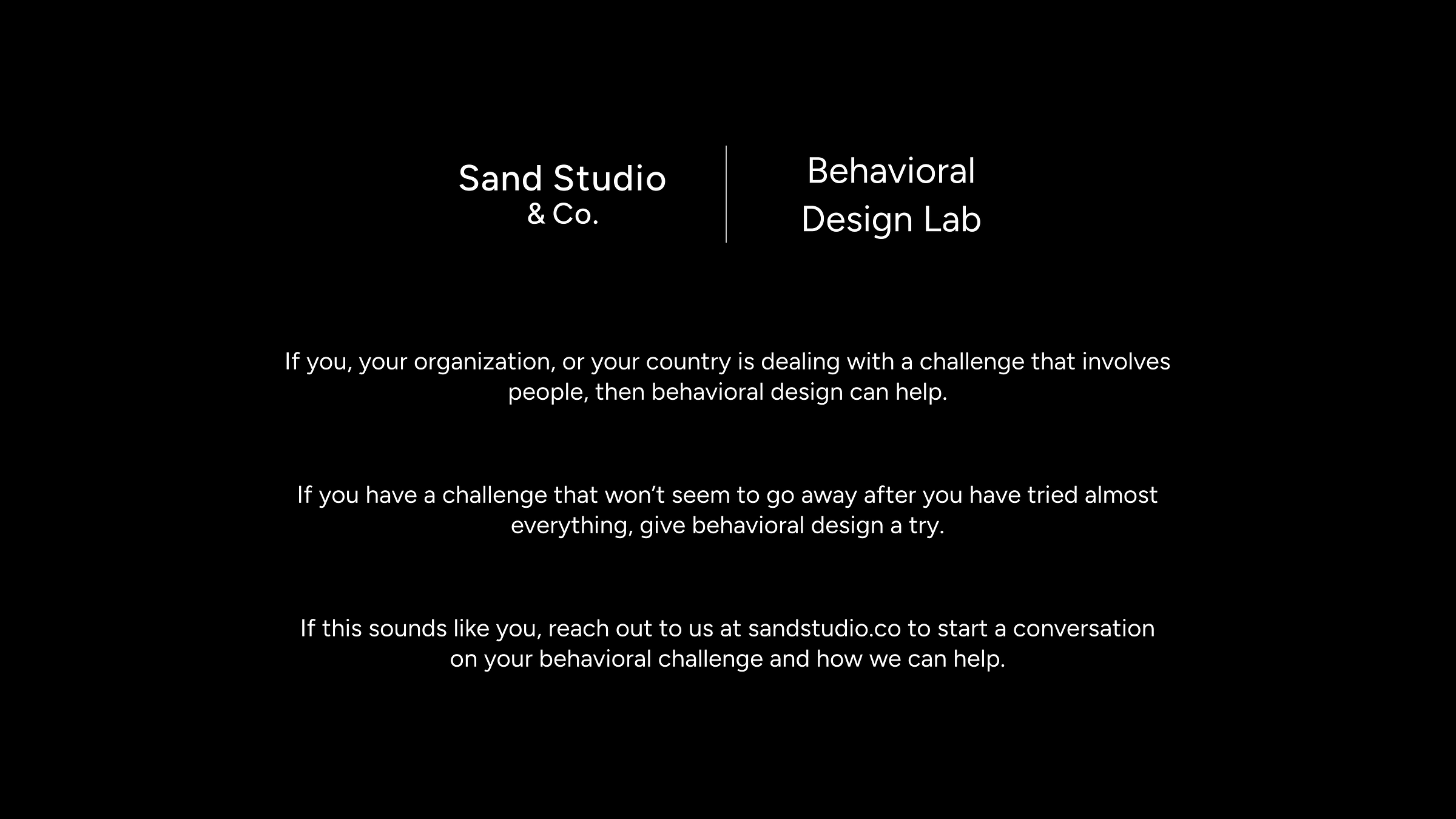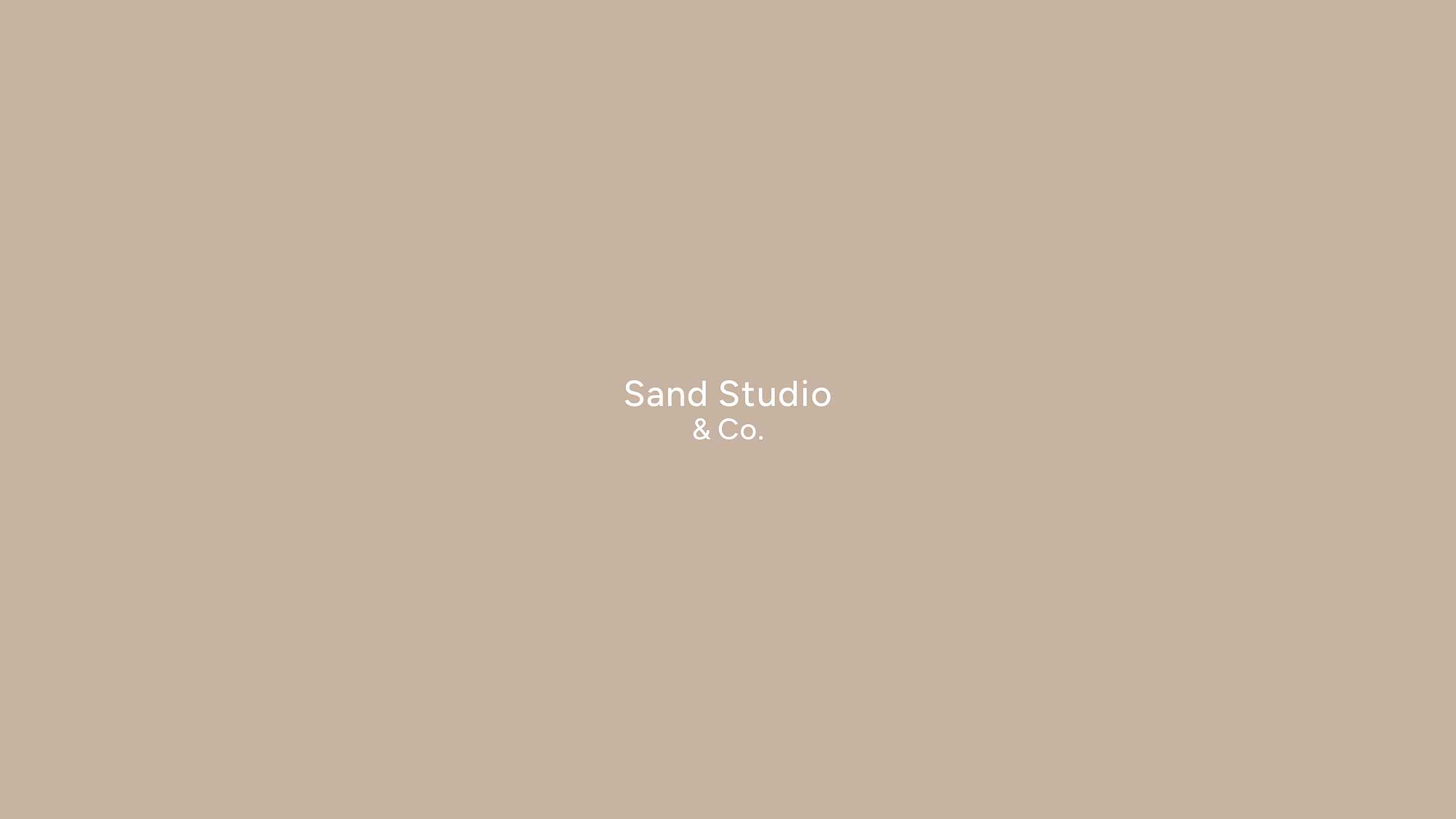The backstory
If you are reading this, chances are that you are curious and interested to learn more about behavioral design. Whether this is your first time hearing the word behavioral design or as someone who have heard the term before but have little to no knowledge about the field yet, this article is for you.
Imagine a day in your life
Should I sleep for a few more minutes? What should I wear today? Have I finished my project proposal that’s due in 5 days? Is it time yet to pick my kids up from school? What should I eat for dinner? Have I paid my taxes yet? Why am I overthinking everything? People on average make 35,000 choices per day, that’s a great ton of decisions on our plate that we all have to make every single day. We are not perfect, we don’t always make the right choices, we make both small and big mistakes, and, after all, we are human. Unsurprisingly, the decisions we make don’t always lead to the outcome that we have hoped for.
Designing products and services
Think about the products and services that you’re working on as a professional or the products and services that you use as a consumer. Why does some products and services perform better than the other? Why is it so hard to convince the customers to change from the competitors to using our products and services? What can we do to get the customers to stay with us and remained engaged with us? How might we create a better overall experience for the customers that uses our products and service? Chances are that you probably have many similar questions along those lines that you have thought about it yourself before.
21st century challenges and social challenges
The 21st century faces some of the greatest challenges in our human history, from global warming, technological disruptions, to aging society and the recent pandemic. In our society, we also faces many social challenges such as people littering on the street, patient medication non-adherence, mental health issues, access to quality education. These are shared challenges in the society that we collectively have to deal with.
On a people level, you probably have also experienced the challenge of trying to convince someone you know to change. Even after having tried your best to convince the person to change with logic and reasonings, that individual still refuse to take your advice and instead opt for the status-quo.
So what…
From having to make various decisions (conscious and unconscious) everyday and designing better products/services to the collective challenges that we face in our society and in the 21st century, these challenges have one thing in common.
You see, while these challenges are all unique in their own way, the one common thing shared across them is the people. That’s me, that’s you, and everyone around us. They are all fundamentally about people and our human behavior. The way we think, and the way we act.
With this realization, I firmly believe if we can have a profound understanding about our human behavior, why we think the way we think, and why we act the way we act, then we’re in a great position to help shape the way people think, and change the way people act, for the better.
Behavioral Design
Enter Behavioral Design, a cross-disciplinary field where at its core, is about understanding people. It’s a new way of thinking that aims to understand the inside-out about our human behavior through the behavioral lens.
By taking a step back and solving challenges more fundamentally from the behavioral lens, behavioral design can be the difference between in successfully getting people to change or not to change, it can be the difference between customers adopting and sticking to your products/services or to continue their existing habits.
Behavioral Design Lab
Hey there! My name is Steven, I’m currently working at Sand Studio, a Bangkok-based creative design studio that designs and solves people's challenges. At Sand Studio, I’m the head of an internal unit called the Behavioral Design Lab where my team and I solve social challenges through the behavioral lens.
At Behavioral Design Lab, our core mission is to drive positive behavioral change to people, organizations, and the world.
We back our mission with the core belief that positive behavioral change and better decision making are the keys toward a more thriving and prosperous future for all.
We call the experts in our Behavioral Design Lab as “Behavioral Thinkers”, they are the agent of change. Behavioral thinkers are the ones who can uncover behavioral insights and harness the power of behavioral design to create positive behavioral change and to craft the next-generation of human-centered products and services, one that considers how we humans fundamentally think, feel, and act.
Here at Behavioral Design lab, we strive to continuously make to positive change and impact to people, organizations, and the world through behavioral design. We change people’s behaviors for the better by tackling societal challenges through the behavioral lens. We believe that behavioral design is the last missing jigsaw in most if not all of the problems that we humanity are facing today. If you, your organization, or your country is dealing with a challenge that involves people, then behavioral design can help. If you have a challenge that won’t seem to go away after you have tried almost everything, give behavioral design a try. If this sounds like you, reach out to us at sandstudio.co to start a conversation on your behavioral challenge and how we can help.
Signal Change
Signal Change is a newsletter that I have started in 2024 with the aim to broaden the exposure of this relatively new field of behavioral design, especially in the global south and the region of Southeast Asia (where I am currently based in).
I crystallize academic research papers and the latest behavioral insights in a way that’s easily digestible, understandable and practical for the general audience. I also strive to present behavioral design in a way that is engaging and relatable to the readers.
Through reading Signal Change, you will gain the following:
An increase in your general knowledge about the field of behavioral design
Uncover the latest behavioral insights
Real-world applications of behavioral design
Behavioral design experiments (especially in the global south and the region of Southeast Asia)
Learn how to apply behavioral design to create positive behavioral change in people, product, and policy
And there you go, if you have read until here, good job! You now have a basic general understanding of what is behavioral design and why behavioral design.
In the coming weeks, months, and years, I will take you on a journey to learn more about this fascinating field of behavioral design and how to apply it to your professional work and everyday life through all the things that I have mentioned above.
This is just the very beginning of the journey, there is so much more to tell! If you don’t want to miss out on anything, don’t forget to subscribe to Signal Change.
Thanks for reading,
Steven
If you enjoyed this reading
📥 Don’t forget to subscribe (If you haven’t already done so), so you won’t miss out on anything!
❤️ Like the post
💬 Share your thoughts down in the comment section below.
🦋 Refer Signal Change to the people in your circles.
🙏 If you find the content valuable, consider paid subscription to Signal Change to gain access to exclusive contents that are only available to the paid subscribers. There are group discounts, gift options, and referral rewards available.
☕️ Support my work by buying me a couple cups of coffee as a token of appreciation.
🤝 Connect with me over at LinkedIn.





